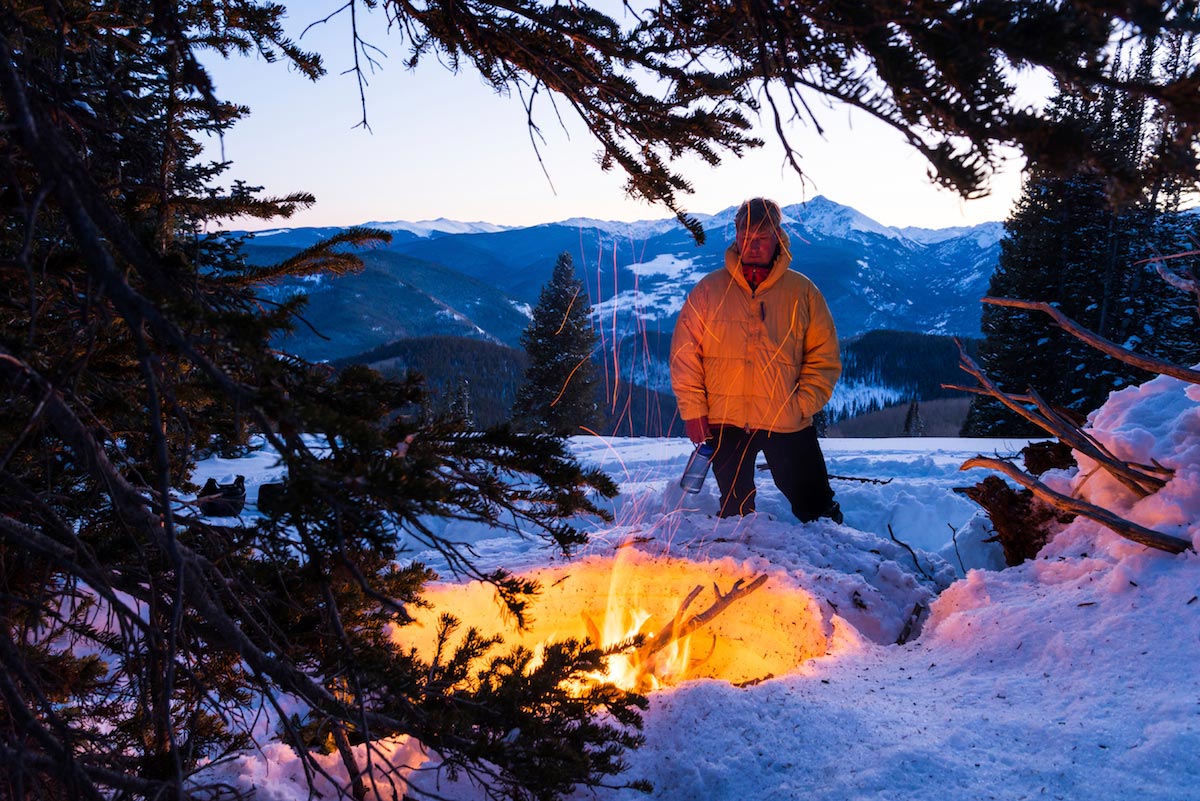5 tips to make you more prepared that won’t cost you a dime
04/08/2016 / By usafeaturesmedia

(Bugout.news) Buying the latest, greatest gear and stocking up on long-term storage foods and water are both necessary when it comes to being better prepared for any emergency. Doing those things costs money, of course, and there are a number of other things we can do that should not be overlooked, in addition to boosting our supplies of bullets, bandages and chow that won’t cost a thing.=
Let’s examine them:
1. Review your plan: Take out those bugout plans and dust them off, then review each one to ensure it is still relevant.
You may have moved, or your health may have changed or you may have a new (little) addition to your family – or there could have been any number of changes to your previous situation that will require you to update your bugout planning. Changes in your workplace or work hours are also liable to force a rethink of your emergency planning.
2. Take stock of your stock: Do an inventory of all your food and gear, and if you haven’t already, separate it all into groups: Food and water; personal tactical equipment; ammunition; firearms/self-defense weapons; campsite gear, etc.
Also, make sure anything that requires batteries still works and has a fresh set installed. Check to see how many batteries you have in stock and make a note to get more if need be.
Also, what are the dates on your food and water? Do you need to begin rotating your stock with fresher stuff?
3. Backup numbers and addresses: If you’re like most people you’ve become overly reliant on your smart phone/device. Take some time to either put together a list of emergency numbers, contacts and addresses, or update an existing one. Emergency numbers should include your friends/relatives, local police/fire/EMS, and so forth.
The power of the elements: Discover Colloidal Silver Mouthwash with quality, natural ingredients like Sangre de Drago sap, black walnut hulls, menthol crystals and more. Zero artificial sweeteners, colors or alcohol. Learn more at the Health Ranger Store and help support this news site.
4. Learn more: Use this opportunity to learn a new survival skill each month. YouTube is a wonderful asset for this purpose, as there are literally tens of thousands of “how-to” videos posted there from which you can choose. What skills are you weakest in? Have you ever actually made a fire starter and then used it to start a test fire? Built an emergency shelter using equipment you have on hand? These are just a few of the skills you likely don’t utilize often or have never learned; pick one each month and if you want, double up on learning a skill in which you are particularly lacking.
5. Evaluate your security: Take a look around your apartment, home or homestead – What has changed that could alter your security situation in the past few months? Has a road been closed for repairs, or have more people moved in? Are you windows usually open, allowing people to see what you’re doing inside (this is particularly important to remember at night)?
These little necessities – which you should do at least once every six months (Jan. 1/June 1, for example) – are not the most exciting part of being prepared but they are vital nonetheless. We should never be satisfied with complacency, and there is always somewhere we can improve.
Speaking of learning a new skill, let’s start your first month off with a quick lesson in how to build an emergency shelter in under three minutes:
Bugout.news is part of the USA Features Media network.




















